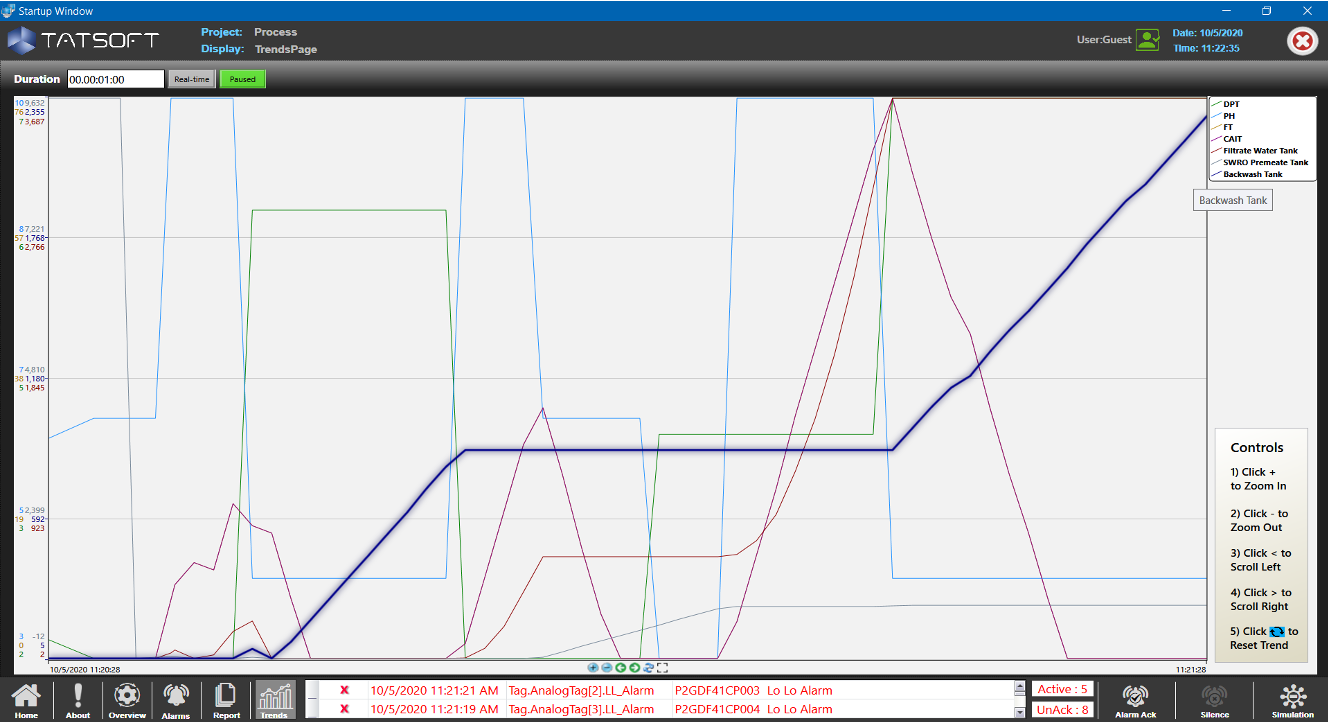Key Concepts
- HistorianTag: Tags whose values are stored in a HistorianTable
- HistorianTables: Groups Tags for historical archiving, defining settings for storage and retention.
- StorageLocation: Defines where each Historian Table is located.
What it Does
Configuration Workflow
Historian Module Configuration Workflow | |
|---|---|
Action | Comments |
Select the Historian Database | By default, TagHistorian maps to a SQLite database. Various other Historian/Database can be concurrently used. |
Create and Edit HistorianTables | Add or modify HistorianTables, organizing how the Tags will be grouped. |
Add Historian Tags | Add Tags on the Historian Tags tables, mapping to each group (Historian Table) they are connected. |
Runtime Execution
Monitoring Triggers and Tags
When the Historian Module is execution, all tags defined on Historian Tags, and Historian Trigger conditions are subscribed, as needed. So the Historian engine will save the data on the designed locations.
If an Script, services, or displays, requires time-series data, the Historian Module provides.
Visualization and Interaction
During runtime, the TrendChart component connects with the server, to show historical data.
Features Highlights
- Embedded Canary Historian includes 100 free Canary historian tags with any license.
- The Historian Module works with the industry's major players (OSISoftPI, InfluxDB).
- Store and Forward function ensures your data will not be lost if the database is unavailable.
- Universal Time and Daylight Saving
Built-in Historian Engine
- You can define a Tag representing any data point you want to track over time.
- You can then add this Tag to a HistorianTable and configure settings like:
- How often to sample and store data (e.g., every second, every minute)
- Conditions to store the data (e.g., only when the value changes)
- Data retention policies (e.g., keep data for 1 year)
- The HistorianTable is associated with a StorageLocation, determining where the data will reside.
- The Historian Module regularly samples the tag's value and writes the time-series data to the designated StorageLocation according to the settings in the Historian Table.

